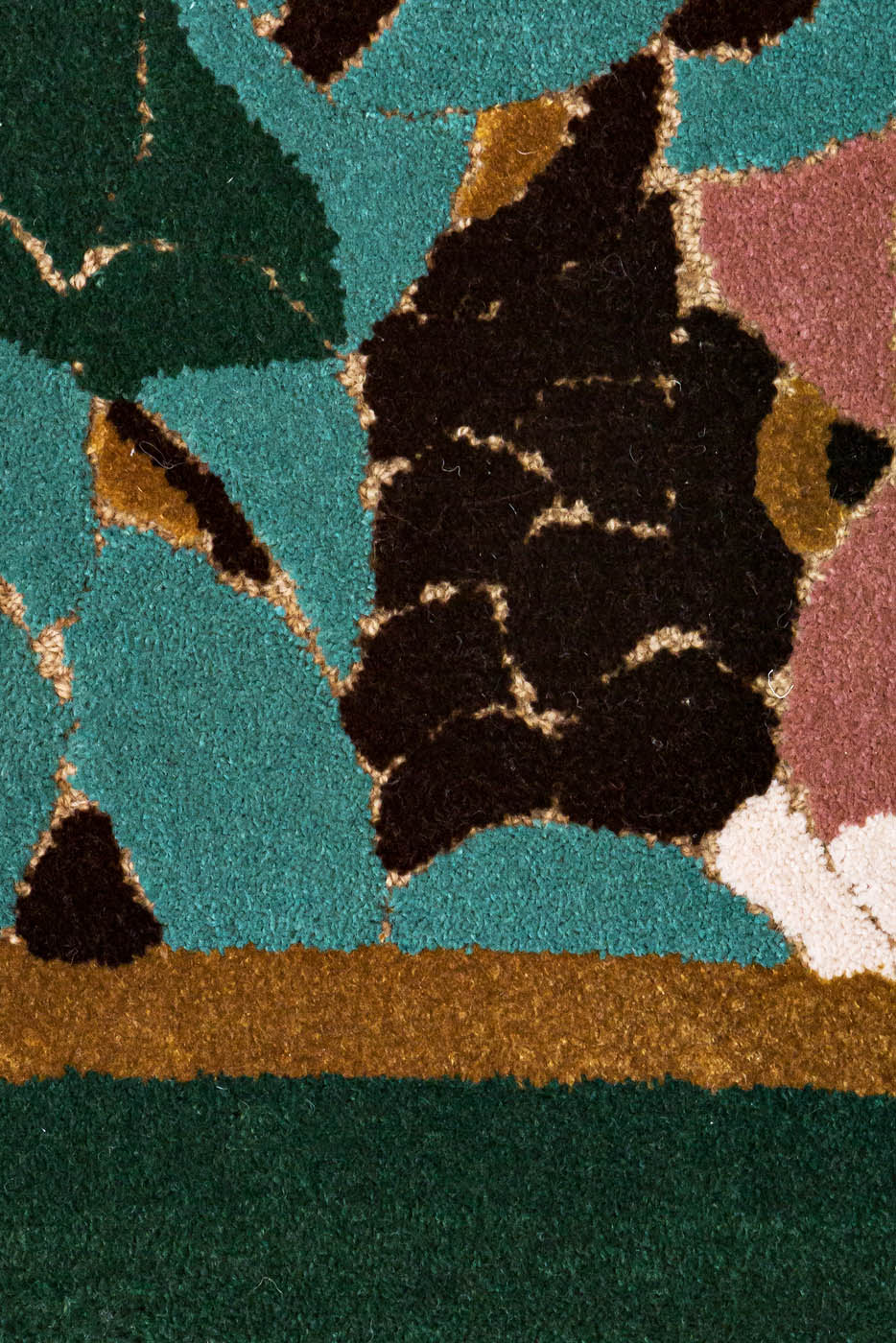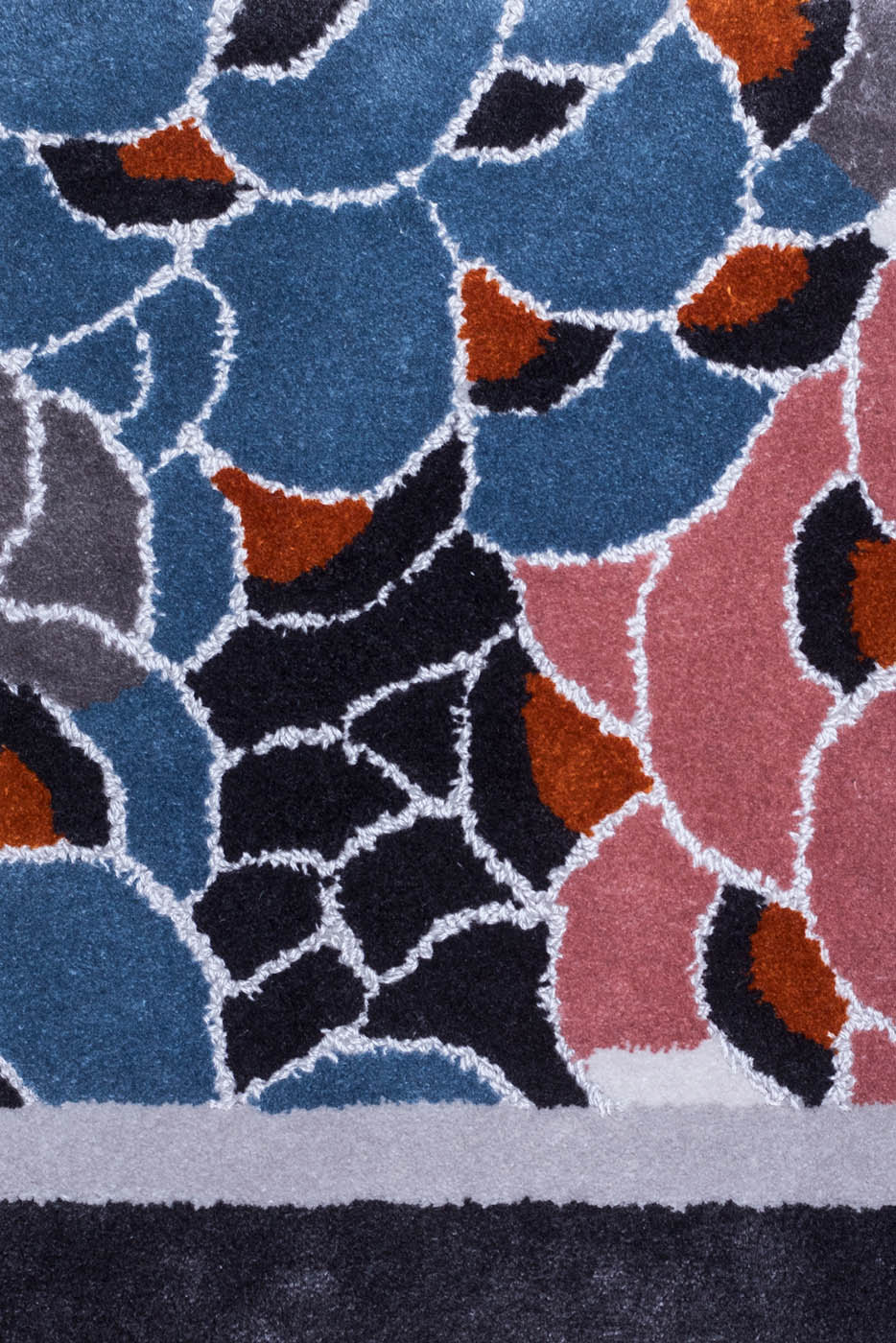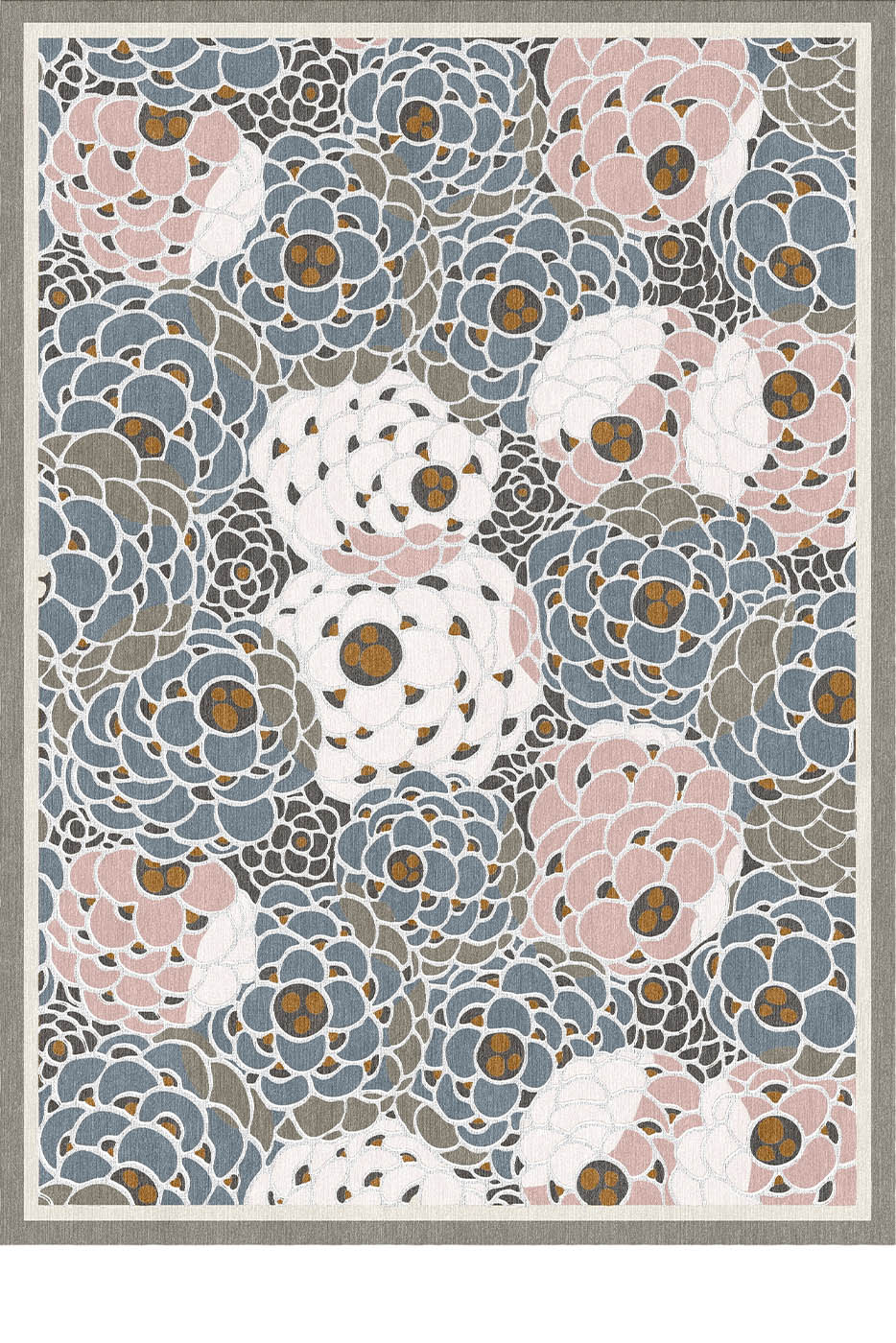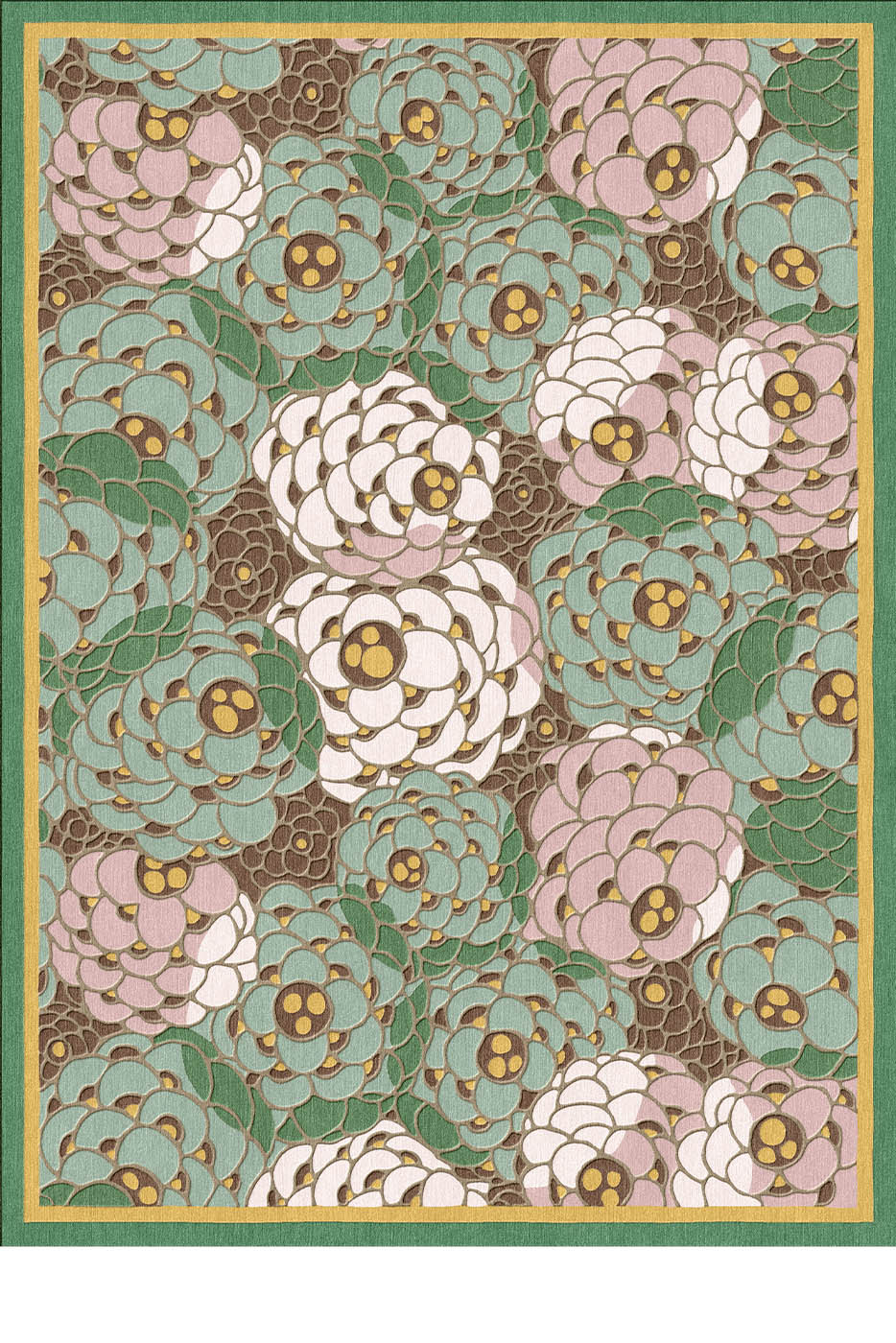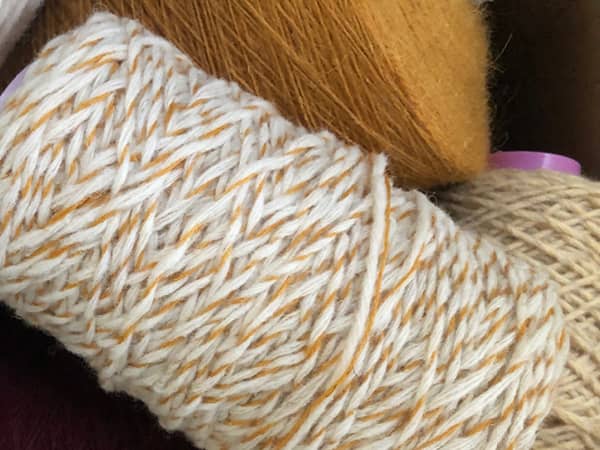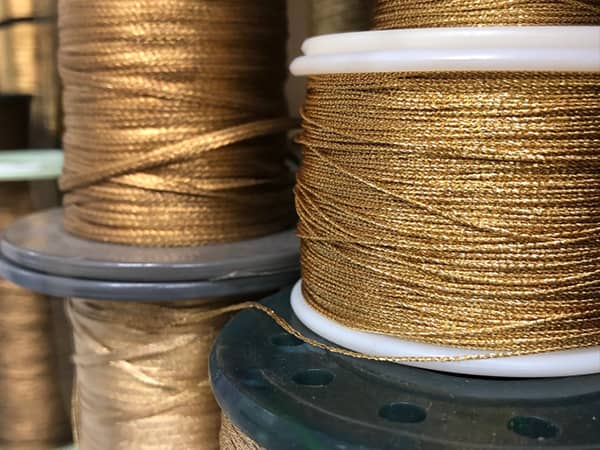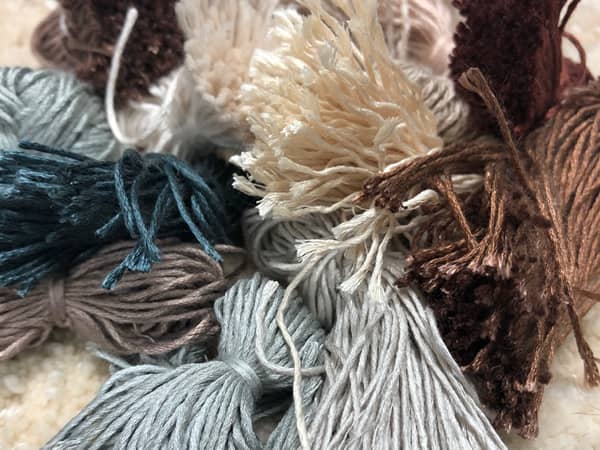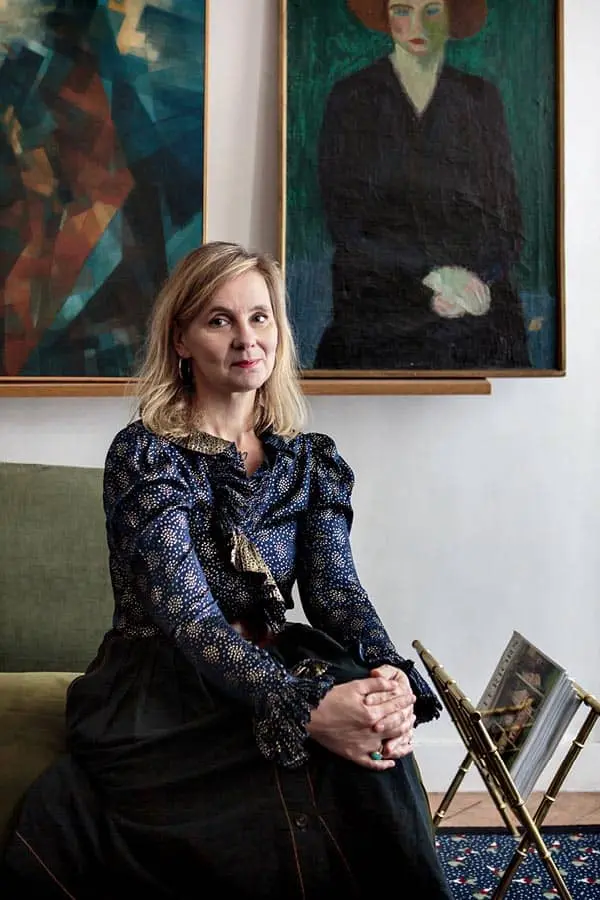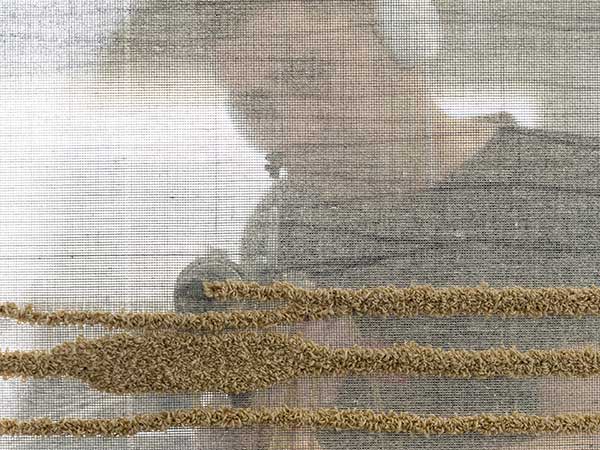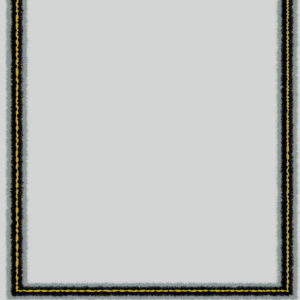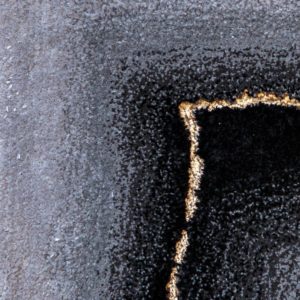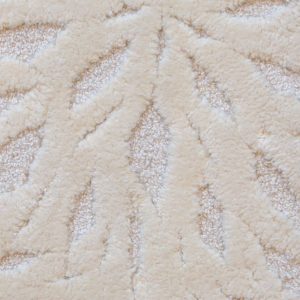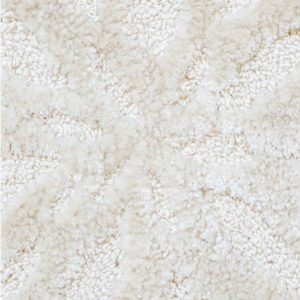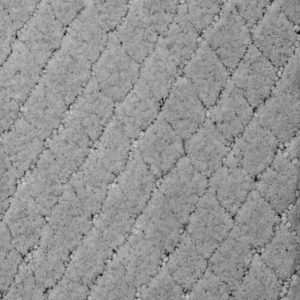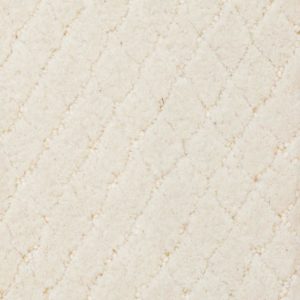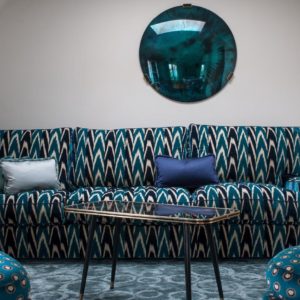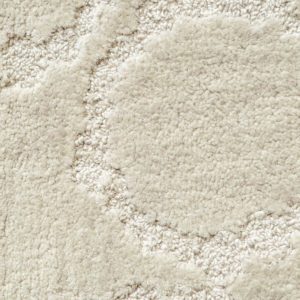Les Pierre de Ronsard
1148,00€
by Pinton
HAUTE COUTURE & PRÊT À PORTER
MATERIALS a choice
TECHNIQUE Hand tufted
SIZE a choice
PRICE ON REQUEST. CONTACT US.Description
cotton
Cotton is made from the vegetal fibres surrounding the seeds of the cotton plant. Traces of cotton were found in Ancient Egypt and in Mexico, possibly over 7,000 years old. Cotton culture developed in America, Africa and Eurasia. While it reached Europe as early as the IInd century BC, its history on that continent truly began with the creation of the West India trading companies. From then on, the culture of cotton never stopped growing and it is now the most used natural fibre in the world. More difficult to weave than linen because of its short fibres, it has a higher density. Cotton is a very good insulation material thanks, in particular, to its exceptional moisture absorption properties. It is warm, soft, comfortable. PINTON weaves this staple of the textile industry on its own or combined with other materials for the Couture as well as the Diffusion lines. In tapestry making, cotton is very rarely used on its own and is most often combined with other materials. It is generally the material used for the warp thread.
Cotton can be used in loop weave where the continuous thread forms loops on the surface of the rug, or in pile weave where the threads on the surface of the rug are cut. It can also be woven as loop and cut which combines both techniques.
metal threads
A few thousand years before Christ, Roman, Chinese, Persian and Egyptian craftsmen used to cover in gold leaf the threads that they were going to weave for the rich and powerful. Later, weavers used gold and silver threads to embellish tapestries woven out of wool or silk. These threads were difficult to work and extended production times. They required particular skills, passed from generation to generation. From the XVIIth century onward, new techniques made it possible to create very fine metal threads able to go through fabric. Today, the metals used with textile fibres are silver, gold and copper, but also aluminium, iron or stainless steel, and come in every colour. In PINTON’s Couture collection, these fabulous threads are inserted alongside traditional wool or silk yarns, to create poetic and graphic pieces imagined in partnership with contemporary artists and designers.
silk
Silk is a natural animal fibre derived from the cocoon spun by the caterpillar of the bombyx mori (worm of the mulberry tree), unsurprisingly called the “silkworm”. Invented in China in the IIIrd millennium before Christ, silk wasn’t produced in Europe, mainly in Italy, before the end of the Middle Ages. And it’s only under the reign of Henri IV that silk production developed in France with the planting of 4 million mulberry trees in the Ardèche, Dauphiné and Cévennes areas. Silk threads are very strong and quality weaving makes silk very resistant. It gives a particular shine to the woven pieces and combines easily with other materials such as wool or bamboo. In its Couture collection PINTON offers 100% silk rugs, incredibly soft. In tapestries silk is most often used in complement of one or more other materials like wool or even cotton.
Joséphine
Pinton
After studying Applied Arts, Joséphine Pinton joined the Bon Marché rue de Sèvres in Paris, where she developed the art of window dressing, sharing a vision, conveying emotions and telling a story in original displays. She then moved to the Grande Épicerie de Paris where she honed her talents before tracing her own path. She collaborated with major firms like Hermès, Balmain, Alain Figaret or Roger Vivier, staging window displays or spaces. Sometimes playful, sometimes more sober but always poetic, Joséphine Pinton’s designs always include a sense of wonder immediately perceived by the viewer.
Joséphine PINTON imagined and designed the two showrooms of the family business, in Paris and in Nice. In addition, several rugs and carpets carry the scenographer’s signature, immediately identified by their chic but unconventional aesthetics!
hand tufted
The hand tufting technique is a process combining centuries-old skills and modern weaving tools. The canvas is perfectly stretched over an upright loom and the craftsperson transfers by hand the future design of the rug with the utmost precision. Threads are inserted manually, one by one, working with a gun on the back of the canvas, following the colours, the drawing and the different tuft heights. PINTON was one of the first manufactories to use the gun tufting technique to produce some of its rugs and carpets and is the only French workshop offering very high quality tufted rugs. With this technique, production times are reduced compared to the knotted stitch weave or point noué. Finally, hand tufting offers a large range of possible depths. Carving is the technique that consists in sculpting the wool and creating textures within the woven rug. Since the early 1990s, PINTON has been specialising in the production of hand tufted rugs for which it also collaborates with famous designers and artists.

